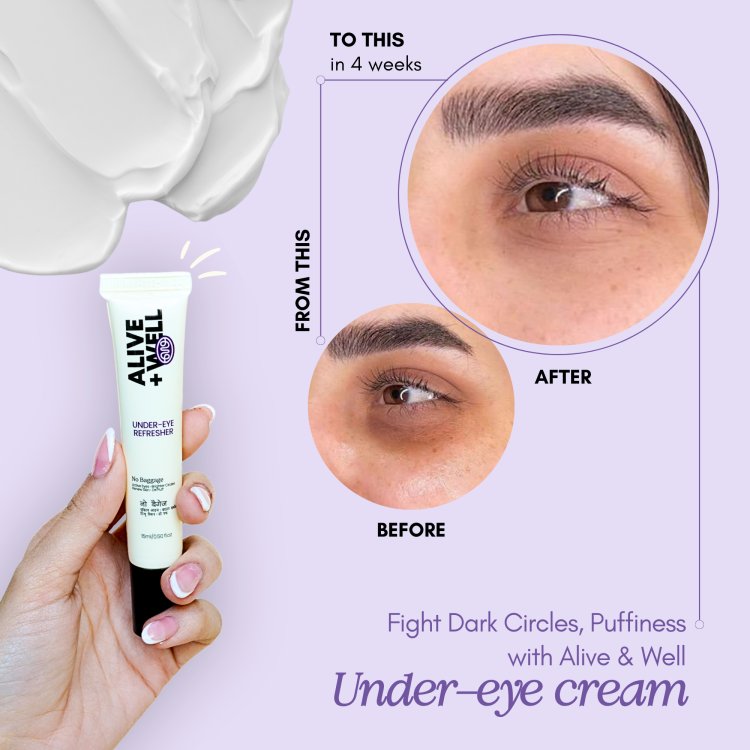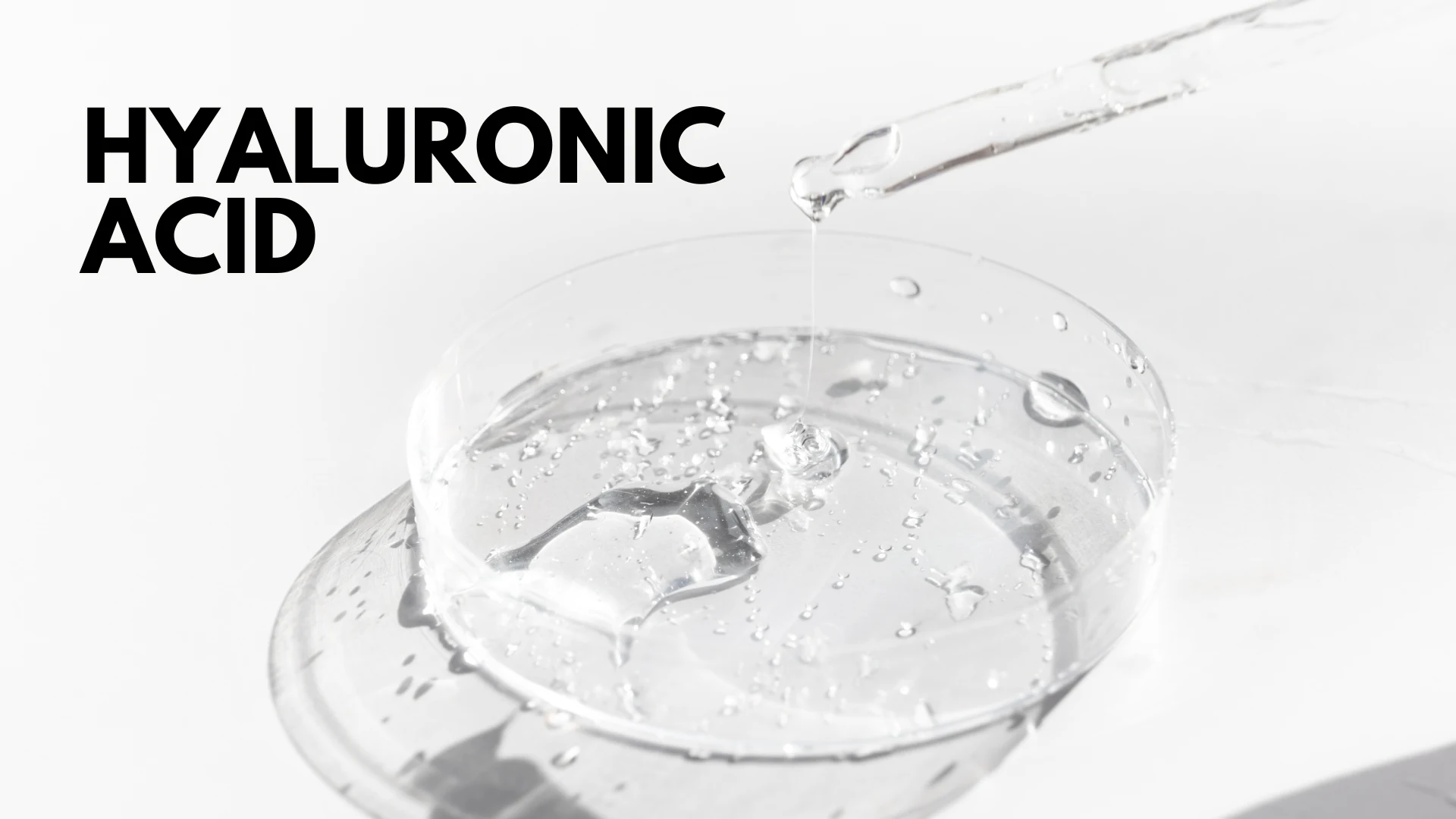Hyaluronic Acid Side Effects – Causes, Symptoms, and How to Prevent Skin Reactions
hyaluronic acid burn,


Hyaluronic Acid
Hyaluronic acid has become a buzzword in the skincare world, with countless products boasting its ability to hydrate, plump, and rejuvenate the skin. It’s often touted as a miracle ingredient, especially in serums and moisturizers designed to combat dryness and aging. However, while hyaluronic acid is generally well-tolerated by most people, some may experience side effects. If you’ve noticed skin irritation, redness, or even breakouts after using a hyaluronic acid product, you’re not alone. In this blog post, we’ll explore the potential side effects of hyaluronic acid, their causes and symptoms, and how you can prevent or mitigate them.
What Is Hyaluronic Acid?
Hyaluronic acid is a naturally occurring substance in the human body, primarily found in connective tissues, skin, and eyes. It plays a key role in maintaining moisture levels and providing lubrication to joints and tissues. In skincare, hyaluronic acid is celebrated for its ability to attract and retain water, making it an effective moisturizer. Whether in the form of serums, creams, or even pills, hyaluronic acid can help hydrate the skin, plump fine lines, and maintain a youthful appearance.
However, for some people, the use of topical hyaluronic acid products can lead to reactions that range from mild irritation to more severe allergic responses. Let’s dive into the common side effects of hyaluronic acid and how to manage them.
For the uninitiated, Hyaluronic Acid is naturally found in the skin cells– to boost elasticity and suppleness. However, as you age, this level of Hyaluronic Acid depletes, demanding skincare products to replenish hydration. The humectant HA holds approximately X1000 its weight in water.
Moreover, due to its lightweight and non-greasy texture, Hyaluronic Acid is suitable for all skin types, including oily and acne-prone skin. It doesn’t clog pores, helps regulate sebum production, and substantially improves the skin’s texture.
Common Side Effects Of Hyaluronic Acid And How To Avoid Them?
Hyaluronic Acid is generally safe for regular use and doesn’t cause any extreme reactions. However, we understand that everyone’s skin journey is different. So, let delve into the possible side effects of Hyaluronic Acid.
-
Can Hyaluronic Acid cause redness or irritation on the skin?
Rarely. Hyaluronic Acid is one of the safest active ingredients with little to no side effects. Some people can experience skin irritation, redness, or itchiness after using hyaluronic acid products. This is usually a mild reaction that can be resolved by discontinuing the product.
-
Will Hyaluronic Acid trigger any allergic reaction on the skin?
One seldom develops an allergic reaction to Hyaluronic Acid. Symptoms can include hives, swelling of the face or tongue, and difficulty breathing. If you experience these symptoms, stop using the product and seek medical attention immediately.
-
Will Hyaluronic Acid lead to acne or breakouts on the skin?
Generally, Hyaluronic acid is not known to cause acne. It is non-comedogenic, lightweight, and non-greasy. But some people may experience breakouts after using products that contain it. This may be due to the increased moisture in the skin, which can create a breeding ground for bacteria. If you experience acne after using a Hyaluronic Acid serum, try reducing the frequency of use or switching to a different product.
-
Does Hyaluronic Acid Cause Dryness Or Itchy Skin?
In rare cases, topical application of Hyaluronic Acid causes dryness and itchiness. This happens due to Hyaluronic Acid drawing moisture molecules from the deeper layer of the skin. To circumvent this problem, apply a coin-sized amount of your favorite moisturizer after the serum sinks in.
-
Does Hyaluronic Acid burn skin?
Hyaluronic Acid is unlikely to cause burns. However, certain individuals may experience a stinging sensation triggered by allergies. You can avert this problem by starting with a lower concentration of Hyaluronic Acid.
What Are The Symptoms Of An Allergic Reaction To Hyaluronic Acid
An allergic reaction to Hyaluronic Acid may look different for different individuals. However, based on experts and studies, here are some common symptoms
- Hives
- Redness
- Uncontrollable itching
- Inflammation on the face
- Localized discoloration
- Age Spots
- Heavy breathing
- Chest tightness
How To Treat An Allergic Reaction To Hyaluronic Acid
The treatment of a Hyaluronic Acid allergic reaction should depend on the severity. If you’re facing swelling in the mouth, shortness of breath or inflammation that doesn’t budge – seek medical help immediately. For mild rash or reaction episodes, follow the steps Discontinue the product with immediate effect
- Lather a soothing, cooling moisturizer on the problem area(s)
- Apply a cold compress on the concern areas
- Don’t touch, rub or scratch the affected areas
- Take an antihistamine if the reaction persists for too long
Hyaluronic acid is generally a safe and beneficial ingredient for most skin types, offering hydration, plumpness, and a youthful appearance. However, in some cases, individuals may experience an allergic reaction to hyaluronic acid. While these reactions are rare, it’s important to know how to identify them and take the appropriate steps to treat the symptoms.
If you suspect you’re having an allergic reaction to a product containing hyaluronic acid, follow these guidelines to address the situation promptly and safely.
Signs of an Allergic Reaction to Hyaluronic Acid
Before discussing treatment options, it’s essential to know the common signs of an allergic reaction to hyaluronic acid. Symptoms may include:
- Redness: Unexplained redness or irritation on the skin after using a product with hyaluronic acid.
- Swelling: Puffiness, swelling, or hives in the area where the product was applied.
- Itching: An intense itching sensation on the face or body after application.
- Rash: The appearance of a rash or raised bumps on the skin.
- Burning or Stinging Sensation: While a mild tingling or stinging sensation can be normal, an intense burning feeling may indicate an allergic reaction.
- Flaking or Peeling: Excessive dryness, flaking, or peeling skin can sometimes result from an allergy to hyaluronic acid.
If you notice any of these signs, it’s important to stop using the product immediately and follow the steps outlined below to manage the allergic reaction.
1. Discontinue Use of the Product
The first and most important step when you suspect an allergic reaction to hyaluronic acid is to stop using the product immediately. Continuing to use a product that causes a reaction can worsen the symptoms. If you’ve applied multiple hyaluronic acid-based products, stop using all of them and give your skin time to recover.
2. Rinse the Skin with Lukewarm Water
To help remove any remaining product on your skin, gently rinse your face or the affected area with lukewarm water. Avoid using hot water, as this can irritate the skin further. Pat your skin dry with a soft towel—do not rub.
3. Apply a Cold Compress
If you are experiencing swelling or redness, applying a cold compress can help soothe the affected area. Cold compresses can reduce inflammation and calm the skin. Simply wrap some ice cubes in a clean cloth or use a cool, damp towel, and gently place it on the affected area for 10–15 minutes at a time.
4. Use a Gentle, Fragrance-Free Moisturizer
After rinsing your skin, apply a gentle, fragrance-free moisturizer to lock in hydration and restore your skin barrier. Look for a product designed for sensitive skin, such as one containing ceramides, aloe vera, or glycerin. Avoid using moisturizers that contain alcohol, which can further irritate the skin.
5. Apply Over-the-Counter Hydrocortisone Cream
If the allergic reaction includes significant itching, redness, or swelling, you may find relief from a 1% hydrocortisone cream, which is available over-the-counter. Apply a thin layer of the cream to the affected area to reduce inflammation and alleviate itching. Be sure to follow the instructions on the package and avoid prolonged use of hydrocortisone cream unless advised by a healthcare professional.















